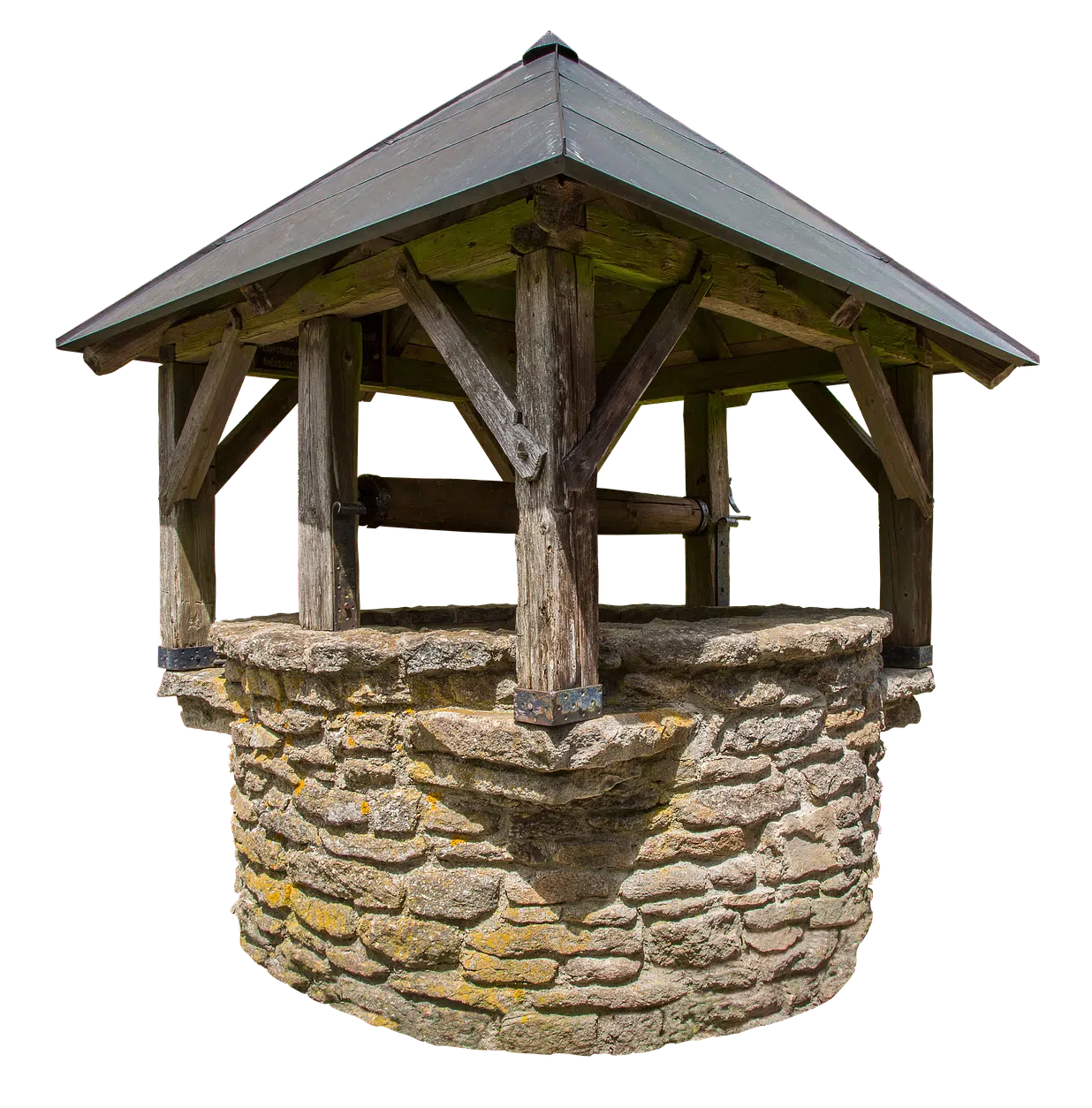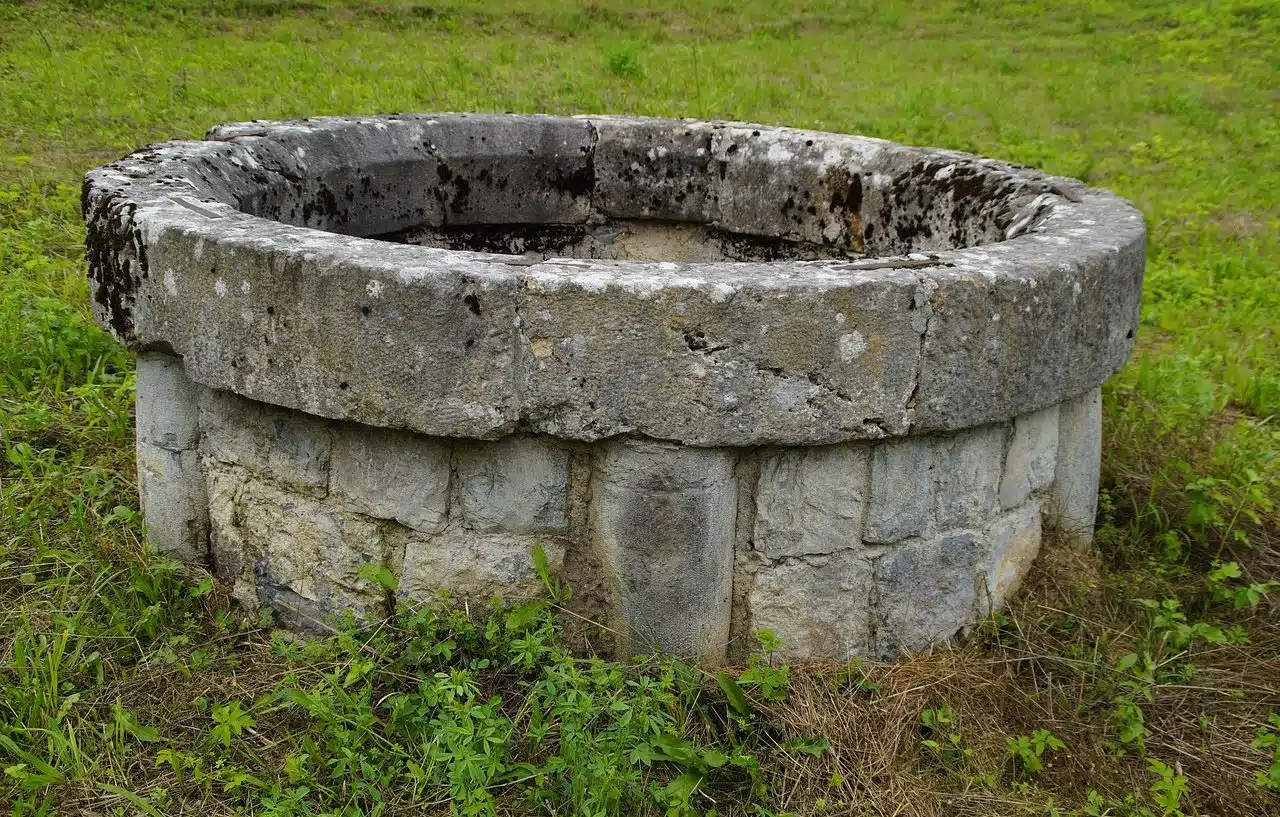
A cistern is a water reservoir that is located underground.
A cistern is a water reservoir that is installed underground. The concept comes from the Arabic language and refers to a cistern , according to the first meaning collected by the Royal Spanish Academy ( RAE ) in its dictionary.
In general, cisterns make it possible to store drinking water. Its structure uses materials that prevent water from becoming contaminated and prevent leaks from occurring.
Origin of the cistern
The cisterns arose in the time of Ancient Rome . In those more arid lands, reservoirs began to be built underground to store water from precipitation . In this way, when there was no rain, this water could be used to irrigate crops, cook or for other purposes.
As history went by, the structures of the cisterns were modified so that these devices were increasingly more efficient. Many homes began to have their own cisterns, from where the inhabitants obtained the water they used in daily life.
To extract water from the cistern, a pulley system is usually used. These simple machines allow force to be transmitted: the person pulls a rope that has a bucket tied to the other end and thus can lift and remove the water.

The maintenance of a cistern is very important.
The importance of maintenance
It is important to keep in mind that the cistern must receive certain maintenance to guarantee the quality of the water and to protect the structure. Disinfection and sediment removal must be carried out with a certain frequency.
To avoid the transmission of disease due to the consumption of dirty water, whether for drinking or for other purposes, it is necessary to empty, clean and disinfect the cistern at least once a year. There is a specific regulation to regulate the maintenance of cisterns, so it is not an option, but an obligation.
Although in a private home it is possible to skip cleaning the cistern, or not carry it out with the frequency set out in the previous paragraph, in neighboring communities the situation is very different, especially if there is no other source of drinking water. One of the most common problems is the accumulation of water for too long, something that can negatively impact its quality.
Among the products necessary for cleaning a cistern is disinfectant, ideal for completely eliminating fungi and bacteria. Remains of sand, copper, stone, lead and other solid particles that come from the network usually accumulate at the bottom of the well.
Cisterns and water tanks in Spain
In Spain , to cite a specific example, the regulations suggest that cisterns and water tanks be completely emptied once a year and that the following tasks be carried out:
- Sludge cleaning.
- Treatment against microbes and disinfection.
- Studies to determine the potability of water and the detection of bacteria known as Legionella , which live in stagnant water, especially above 35°C, and can cause infections in our body;
- Maintenance of the circuit that crosses the water to the cistern and from there to the homes.
To protect the water in the cistern from contamination, it is essential that the land over which it runs does not present any contaminants; the pipes are cleaned with some frequency; there is a system that drains and decants the water before entering the cistern to prevent particles of considerable size from accompanying it; make sure that sunlight does not reach the inside of the tank, so that algae does not grow there; and extract the water by pumping.
